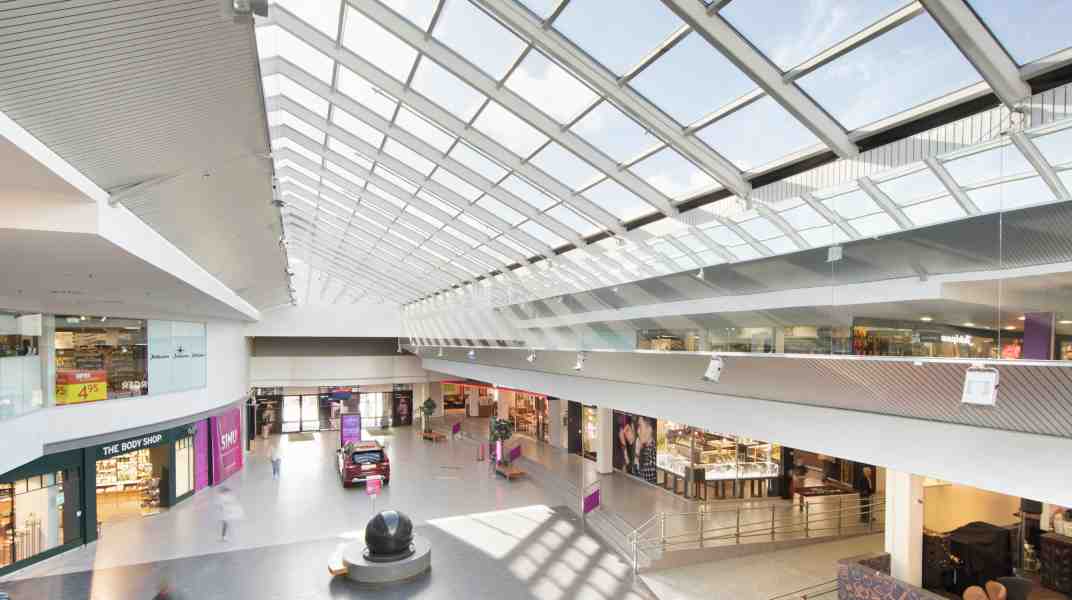Are shopping centres just a reflection of our consumer culture, or is there something more to a shopping centre that is placed in the heart of an urban district? Meet John Johanson, an architect who has thought a lot about shopping centres and how they shape the identity of a place.
John Johanson was born in the U.S. and came to Sweden as an exchange student in 1981. He liked it so much that he decided to stay. After a few years, he got a degree in architecture from Chalmers University of Technology in Gothenburg.
“In the 80s and 90s, there were a lot of shopping centres that were not pleasant places to be. I was challenged by the idea that a shopping centre should be a place of pride for the community, and I thought a lot of how to change the way people experience shopping centres,” says Johanson.
The journey started with Frölunda Torg in Gothenburg, a shopping centre that once had been the pride of the local community but had degraded over the years. The task was to refurbish, extend and restore the aura.
“The new Frölunda Torg changed the way people looked at the whole area and it became a catalyst for a more profound change. The area suddenly was much more attractive than before.”
In restoring the shopping centre and making room for thriving retail, it was essential to create an appealing public space. Johanson says he doesn’t believe blindly in architecture as the sole component, but it plays a key role.
After Frölunda Torg, Johanson’s architecture has contributed to the strengthened identity of several other shopping centres: Sollentuna Centrum in greater Stockholm and Asecs Center in Jönköping are a few examples. He has also been part of designing completely new shopping centres, such as Mölndal Galleria and Kongahälla Center in greater Gothenburg.
With his expertise, the architecture will add a pleasant, uplifting environment for the visitors and a working, functional building for the tenants, thereby giving the tenants the best conditions possible.
“There are a lot of aspects to making a good, working shopping centre, such as making sure that there are no dead ends. An architectural plan that will do the job is the nuts and bolts of it, but not enough for creating a really successful place.”
Even though it is not possible to fix everything with architecture, it can add value by giving the shopping centre the special presence which comes with an impressive identity in harmony with its surroundings.
“Shopping centres are large in scale and the most used public space that we have in our cities. You need to address those issues as well. For example, in Asecs Center in Jönköping, we were inspired by large urban structures, train stations and old markets to create identity and dignity. And in Kongahälla Center, the historical grounds that the shopping centre was founded on played a role in creating a place where modern life and the local history are present at the same time.”
Shopping centres are part of urban life, strongly influencing the society, culture, lifestyles and shopping. By encouraging people to connect with their surrounding communities, as well as being close to offices, homes, and hotels, shopping centres can provide a range of activities, offering shopping as a social experience – something e-commerce can’t do.
“I’m sure that the main objective in the future will be even more placemaking. The more reasons you can add into a retail environment for people to be there, the better.”



